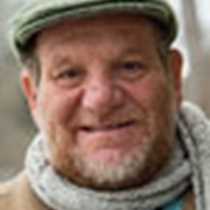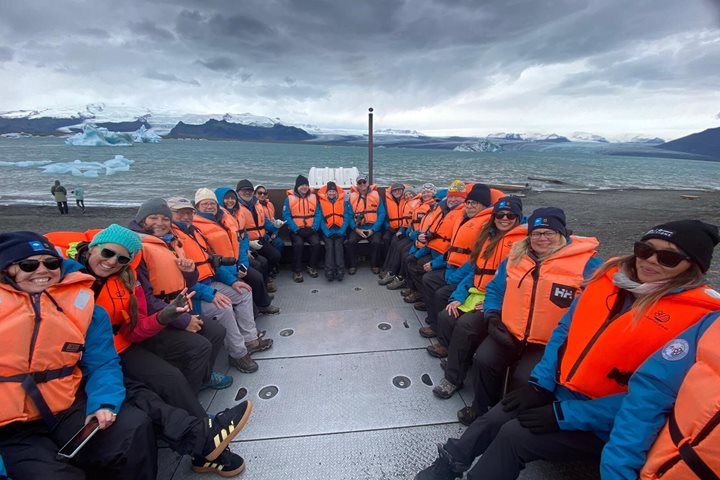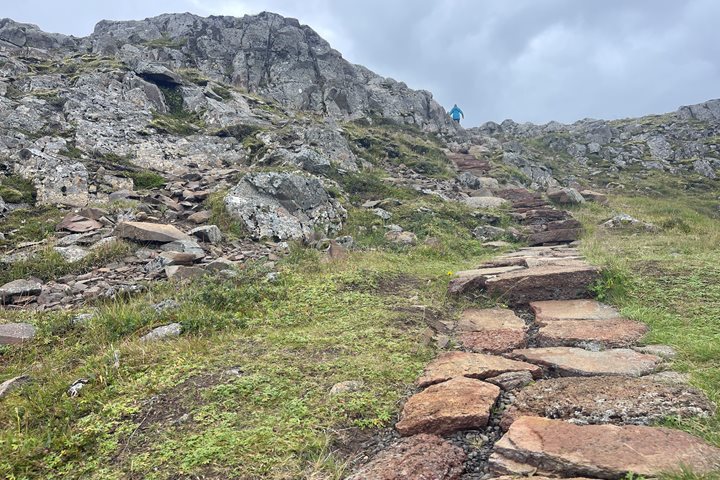Siglufjörður owes its location to the fact that it is one of Iceland’s best natural harbors. It owes its historic tradition to the abundant stocks herring that once was the lifeblood of this colorful little town. The herring are mostly gone now, but a wonderful living museum enables guests to go back into time, to an industry and lifestyle, few of us can imagine. The main exhibit is the performance done by local reenactors who are dressed in period clothing and who demonstrate what life was like for the residence of this place not so long ago.
We watched as the “Herring Ladies” cut fish and stacked them neatly in barrels of fish and salt, and fish and salt. As they worked, they would shout orders to the one male of the group who mixed the salt and spices and made sure each lady had what they needed to pack the herring. We could not understand the Icelandic language used by the actors, but the words they spoke had universal meaning as they chatted about life, much the same as any other workers would as they go about their daily tasks. When herring was packed, it was time for song and dance, and the group broke out into song accompanied by the traditional instrument of choice, the accordion. This was an interactive experience and soon our guests were pulled onto the dance floor and all were on their feet, dancing away.
The rest of the museum was divided into three sections and housed in three buildings. The first one my group visited is my favorite, a building consisting of a ships store and a replica of a typical fishing pier. The pier is in a large room with very little light, to give you the impression of nighttime stroll along the dockside. It holds one large and a couple of smaller vessels, the larger one offering the chance to venture on board to see what the conditions were like for the fishermen who harvested the fish from the sea. Various installations of storage buildings, and even a dockside outhouse in case you were wondering how the call of nature was answered.
The second building was a typical group house used by the fish packers to live in. Furniture, pots on the stove, and clothing hung to keep from getting wrinkled allowed us to understand living quarters from this by-gone era. As I walked through the tiny rooms where more than a few people shared the space, I can imagine that even the little bunk must have been a welcome relief from an eighteen hour work day. One of the “Herring Girls” who had experienced this lifestyle first hand said, “Things were hard back then, but it was the happiest time in her life.”
The Last building was an old fish meal plant. The room was filled with machinery which turned the fish that would not be consumed by people was turned into fish meal for fertilizer, and livestock. It reminded me of visiting my grandfather when he worked in a mill. I remembered him coming home covered in the soot that was the trademark of the modern industrialized world. I could see him here checking gauges, adjusting belts, and making sure the machines would run with precision.
It was then back on board to head for Akureyri, a very modern city, the second largest in Iceland. It is however, not so big that it lacks any charm or personality, and is a great place to walk the streets and see how modern day Icelanders live their lives. Originally settled by Vikings, the town sits at the end of a fiord giving it a much more interior climate. It is surrounded by mountains and could not be in a more beautiful location. As we entered the fiord we were greeted by a group of humpback whales that we watched as we motored towards the town. Akureyri is the site of a colorful botanical garden given this place an even more temperate feel. The middle of town has a large selection of coffee shops, bars, restaurants, and gift shops. This afforded our guests the opportunity for some personal time to explore a modern Icelandic city on their own, do some shopping, or simply have a drink in an outdoor setting and watch the world go by. We would be here overnight, which gave some of our guests the chance to sample the fare at some of the local restaurants and have a little personal time before we continue our exploration tomorrow.






